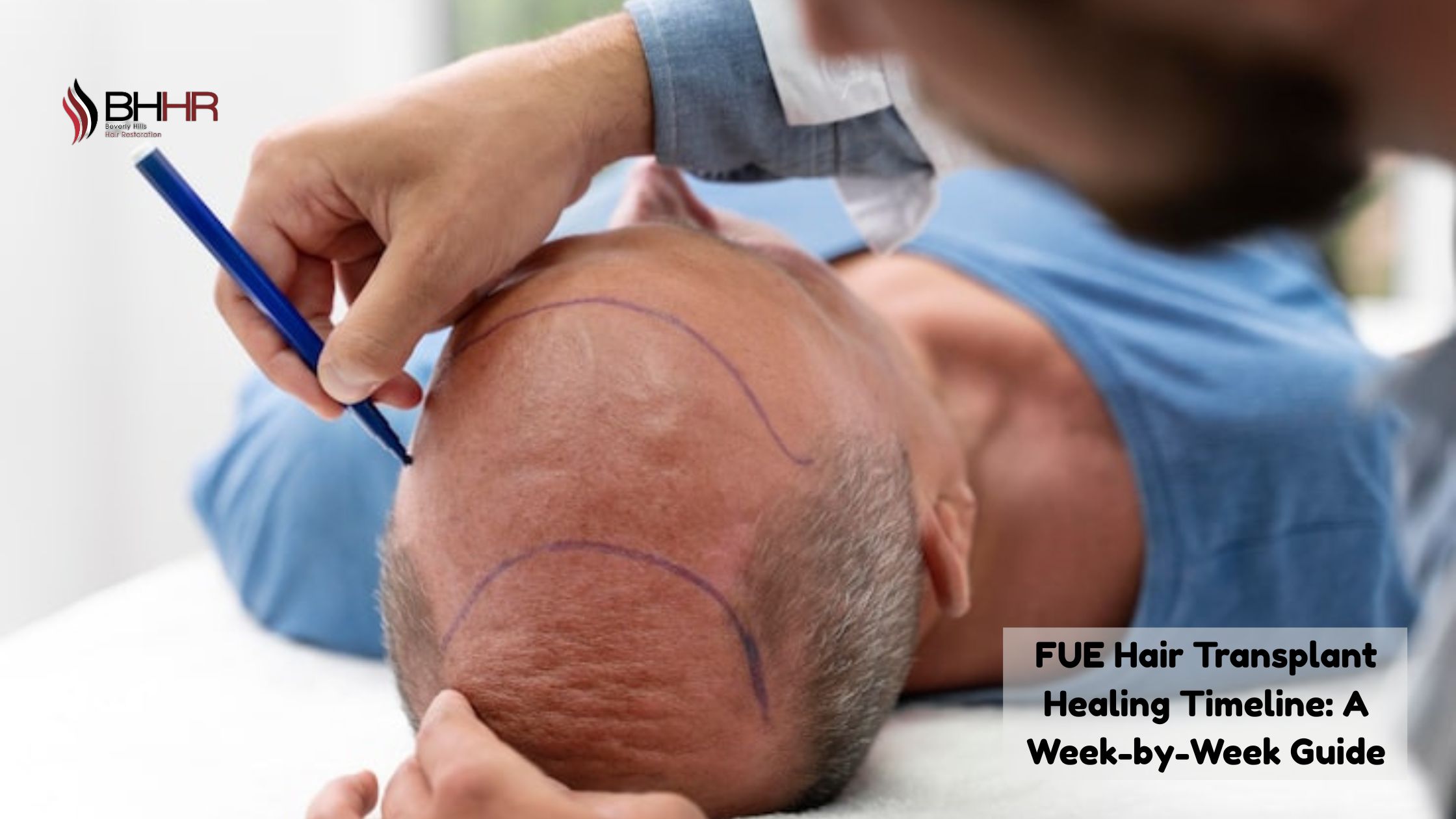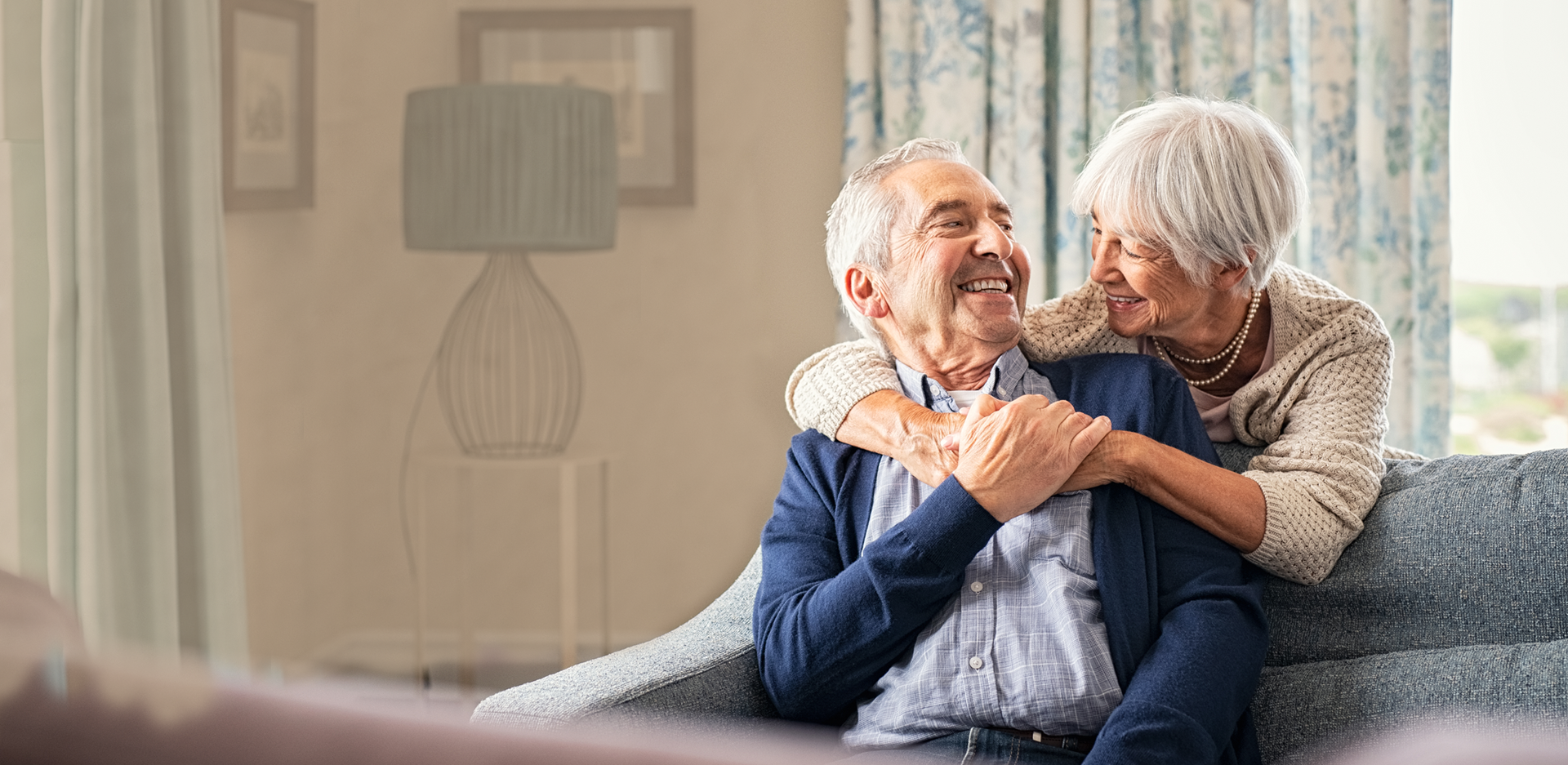Hair loss can affect both confidence and appearance, leading many to seek permanent solutions. One of the most advanced and effective options available today is the FUE hair transplant — a minimally invasive procedure known for its natural results and short recovery period. However, understanding the healing timeline is crucial for achieving optimal results. This week-by-week guide explains what patients can expect during the recovery process, from the first few days to full hair growth.
Day 1–3: Immediate Post-Operative Care
Right after your FUE hair transplant, your scalp may feel tender and slightly swollen. Redness, minor bleeding, and scab formation are common and completely normal. During this stage, your surgeon will provide detailed aftercare instructions, including how to clean your scalp, when to take prescribed medications, and how to sleep to avoid pressure on the grafted area.
It’s essential to keep the transplanted area untouched to allow the grafts to settle properly. Avoid washing your hair for the first 48 hours and stay away from any strenuous activity. Using a saline spray as advised can help keep the scalp hydrated and promote faster healing.
Week 1: Early Healing and Protection
By the end of the first week, most patients notice scabs forming around the implanted grafts. This is part of the natural healing process. Gentle washing using lukewarm water and a mild shampoo can help loosen the scabs without damaging the new follicles.
Mild itching may occur, but it’s important to resist the urge to scratch, as doing so could dislodge grafts. You should also avoid direct sunlight and heavy sweating during this period. By taking these precautions, you can safeguard your scalp and increase the likelihood of a successful FUE hair transplant.
Week 2: Shedding and Shock Loss
Around the second week, patients often experience what’s known as “shock loss.” This phase involves temporary shedding of the newly transplanted hairs — a normal and expected response as the follicles enter a resting phase. Though it might feel concerning, this shedding does not mean the transplant has failed.
At this point, the grafts have already established themselves beneath the skin and will soon begin producing new hair. Light exercise can usually resume, but it’s best to confirm with your surgeon before returning to any intense activities.
Weeks 3–4: The Settling Phase
During weeks three to four, the scalp begins to look more normal as redness fades and scabs disappear. While there might not be visible hair growth yet, this period is crucial for the internal strengthening of hair follicles. Most patients can resume their usual daily routines, including gentle hair care and outdoor activities with proper sun protection.
It’s common to feel impatient at this stage, but remember — hair growth is a gradual process. Consistent care and patience will pay off as your transplanted follicles prepare to sprout new strands.
Months 2–3: The Dormant Phase
At this point, there’s usually little to no visible change. The follicles remain dormant under the scalp, and you may see minimal hair growth. This “resting phase” is perfectly normal and signals that your body is focusing on repairing and nourishing the transplanted follicles from within.
During this phase, continue following a balanced diet rich in vitamins, protein, and minerals to support healthy regrowth. Avoid using harsh hair products or undergoing chemical treatments. Maintaining scalp hygiene remains key to long-term success after your FUE hair transplant.
Months 4–6: Early Growth Begins
This is when the excitement starts. The transplanted follicles start to produce new hair. Initially, these strands may appear thin and soft, much like baby hair, but they will gradually thicken over the next few months.
You can start gently massaging your scalp to improve blood circulation and support stronger growth. Any uneven or patchy appearance is temporary — different grafts grow at different rates. Continue avoiding heat styling or coloring until your surgeon confirms it’s safe to do so.
Months 7–9: Visible Transformation
By this stage, the new hair becomes noticeably thicker and fuller. You can style, cut, and wash your hair as usual. The overall texture and density improve, and many patients begin to see a major difference in their appearance. For those looking to boost results, some clinics may recommend Platelet-Rich Plasma (PRP) therapy or specialized vitamin treatments to nourish the new follicles.
Regular follow-up visits with your doctor ensure the transplanted hair is growing correctly and that your scalp remains healthy. With proper maintenance, this phase marks a turning point toward achieving your desired outcome.
Months 10–12: Final Results Take Shape
Between the tenth and twelfth months, most patients achieve 80–90% of their final results. The hair looks natural, dense, and fully integrated with the surrounding scalp. The transplanted strands behave just like normal hair — they can be washed, cut, and styled freely.
This is also a great time to assess your transformation with your surgeon and discuss long-term maintenance options. If you take care of your scalp and heed your specialist’s advice, the ultimate effects of your FUE hair transplant are often long lasting.
Long-Term Care and Maintenance
Even after full recovery, maintaining healthy hair requires continuous care. Use mild, sulfate-free shampoos and conditioners, avoid excessive heat, and protect your scalp from direct sunlight. In addition to maintaining hydration, maintaining a nutritious diet will aid in preserving your outcomes.
For some individuals, mild natural hair thinning may occur with age, but transplanted hair is usually resistant to further loss. Periodic checkups with your clinic can help monitor progress and suggest treatments if needed.
Conclusion
The journey of an FUE hair transplant doesn’t end with surgery — it’s a process that unfolds over several months. Knowing what to expect during each step, from the beginning of the healing process to the end, helps patients maintain their patience and confidence. By following professional aftercare advice and giving your body the time it needs, you can enjoy a natural, permanent, and satisfying result that restores both your hair and your confidence.



